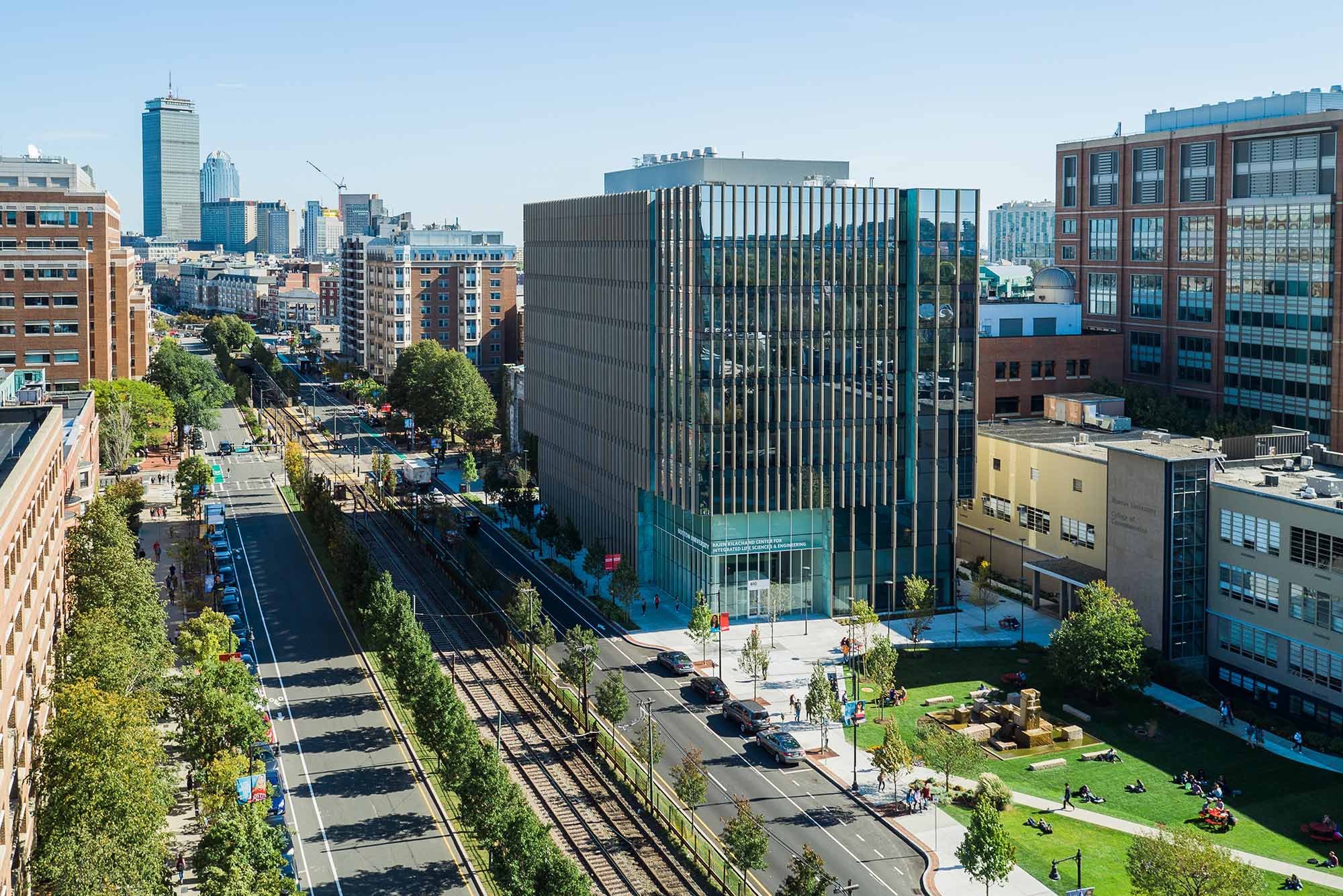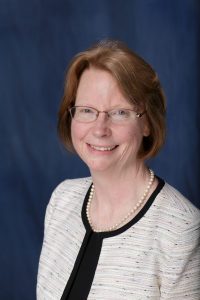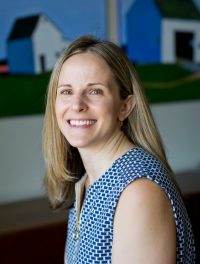BU to Set Up COVID-19 Testing for Students, Faculty, and Staff

Boston University announced on Thursday that it is planning to stand up its own COVID-19 testing program this fall for faculty, staff, and students, a critical step—along with contact tracing, social distancing, hygiene, and isolation and treatment for those infected—in a multipronged approach to repopulating its residential campus.
Details are still being finalized, with a team under Gloria Waters, vice president and associate provost for research, ironing out issues from the projected costs to the volume of tests that could be performed on a campus with 40,000 people to the precise methodology for testing people.
The samples would be tested for the coronavirus at a lab inside the Rajen Kilachand Center for Integrated Life Sciences & Engineering. Newly purchased specialized robots would be used to help speed up the test result process, and results of the tests would be delivered to people electronically. Leading the testing program will be Catherine Klapperich, a College of Engineering professor of biomedical engineering and director of the BU Precision Diagnostics Center. Once it’s running, the laboratory will be run and overseen by certified clinical lab professionals and will work closely with the offices of Student Health and Occupational Health.
The decision to implement a University-wide testing program is not viewed as a stand-alone solution to resuming in-person classes after their abrupt interruption in March because of the global coronavirus pandemic, says Robert A. Brown, BU president. Rather, it’s one key step in a series of public health measures BU is taking to make all members of the University community feel comfortable, and safe, about returning to the Charles River, Fenway, and Medical campuses.
The “gold standard” of testing
“We are starting to see a vision of fall emerge,” Brown says. “The goal is to take advantage of the best public health and safety tools at our disposal in order to allow our students to get back to school. Our classroom instruction will be designed with flexibility in mind, offering both remote learning with in-person participation, so that every student, whatever their location or personal circumstance, will receive the academic support and instruction they deserve.”
BU’s testing protocols most likely will involve distributing testing kits for self-sampling and could require people to spit their saliva into a cup, or possibly swab inside their nostrils, which is called an anterior nasal swab. That decision has not been made, because officials want to be sure the most accurate and reliable methodology is used and saliva is considered less reliable than the swab. The kits would then be sealed, collected, and brought to the lab for testing. Davidson Hamer, a School of Public Health professor of global health and medicine, is chairing a multi-institution group looking to determine testing frequency and surveillance protocols on college campuses.
The coronavirus test that BU is planning to use is called RT-PCR, which Klapperich calls the “gold standard” of available tests because of its ability to detect people “who are asymptomatic and/or people early in the course of disease.” She says that RT-PCR test has the “highest sensitivity for this kind of infection.” By detecting people who have the virus, but no symptoms, the test could help contain its spread on campus through early intervention, self-isolation, and medical treatment.

During a virtual Management Town Meeting last week with other University leaders, Brown said that BU’s focus is on three key steps: testing, tracing, and isolation. “We hope to roll out a set of protocols that would lead to containment of any cases, or any symptomatic people, within our community,” he said.
Additionally, the president said, BU is adapting its housing, dining, and extracurricular activities so they still provide the residential experience people want, while using appropriate health and safety practices.
“Testing of students, faculty, and staff will provide us with real-time data about the health of the campus,” says Ann Zaia, director of BU’s Occupational Health Center. “Having this information will allow us to act quickly to control potential outbreaks by implementing quarantine, isolation, cleaning, and contact tracing protocols.”
Judy Platt, BU Student Health Services director, adds that widespread robust testing is still being implemented around the country and by having its own facility, BU can prioritize testing for members of the campus who need it. “The other elements of recovery, like physical distancing and practicing good hygiene, are also important,” Platt says, “but we still need testing to provide greater certainty that someone actually has the virus.”
(The University also has set up a COVID hotline, 617-358-4990, for anyone to call Monday through Friday from 9 am to 5 pm. And students can message a nurse 24/7 through their Patient Connect portal.)
The goal is for people to be tested, but not all with the same frequency. Students with roommates in high-density dorms, for example, might be tested more regularly. And anybody experiencing possible symptoms would always be able to visit Student Health Services, or after visiting their primary care provider, could notify the Occupational Health Center.
“We can’t do adequate risk assessment and risk reduction if we don’t know the prevalence of the virus in our community,” Klapperich says. “If we learn that particular situations are high-risk, we can alert people to increase distance and take other steps. Testing like this will take asymptomatic infections out of the chain of infection earlier, and fewer people will get sick as a result.”
“A different set of rules”
Both Brown and Klapperich say they recognize that testing is not a guarantee of safety. “But when combined with other elements of our plan, including contact tracing and treatment strategies such as self-quarantine,” Brown says, “we will have a safer campus environment that combines teaching and research with public health vigilance.”
In addition, he says, the University’s research and clinical activities will continue a gradual resumption, following the testing, tracing, and isolation practices being put in place. “Those steps make it possible for us to be more confident in our ability to reopen this fall, even though under a very different set of rules,” Brown says.
“We will have a safer campus environment that combines teaching and research with public health vigilance.”
—Robert A. Brown, BU president
BU’s plan comes as colleges and universities across the country, after moving to remote teaching and learning in March, canceling commencements, and adjusting or canceling their summer programs, are now grappling with their fall strategies. The coronavirus has infected more than 1.5 million people nationwide and killed more than 95,000 Americans; Massachusetts has been one of the hardest hit states, with more than 6,000 deaths and 89,000 confirmed cases, while performing more than 400,000 COVID-19 tests.
A national issue
In a sign of just how important the issue of higher education is amid the pandemic, it became a focus of a US Senate hearing May 12 on the subject of reopening the economy, when Anthony Fauci (Hon.’18), the nation’s leading infectious disease expert, testified about the state of the virus and testing being done.
Panel chairman Senator Lamar Alexander (R-Tenn.) asked Fauci his thoughts on the possibility of 5,000 campuses nationwide reopening in the fall and bringing 20 million students back. Fauci answered that it was a “bridge too far” to expect a vaccine or treatment by the fall. He said that whether students will feel safe returning to school would largely depend on testing capabilities.

To that point, Admiral Brett Giroir, the coronavirus “testing czar” at the Department of Health and Human Services, said one possibility was if colleges could develop a strategy where every student on campus was tested at the same time. Giroir predicted that the United States could have the capacity to conduct 25 million to 30 million tests a month by the fall, allowing schools to have a strategy in place to quickly identify their confirmed COVID-19 cases and isolate the necessary people.
“The vast majority of reopening plans have testing as a core element necessary to help identify people who have the virus,” says Platt of Student Health Services. “Once we know who those people are, we can provide them with support and isolation housing recommendations. We can then trace their contacts to help limit the spread of infection.”
Also, for the first time the World Health Organization shifted its worried tone of the last few months to one of cautious optimism. The organization said that it sees “potentially positive data” in four or five treatments for the coronavirus and after more studies, might be able to make some recommendations soon. “We do have some treatments that seem to be in very early studies limiting the severity or the length of the illness,” WHO spokeswoman Margaret Harris said.
President Brown, similarly, expresses his own cautious optimism for BU’s future. “We have a lot more to do to get ready,” he says, “but we are starting to see a residential campus environment for our students, faculty, and staff this fall.”
This BU Today story was written by Doug Most.